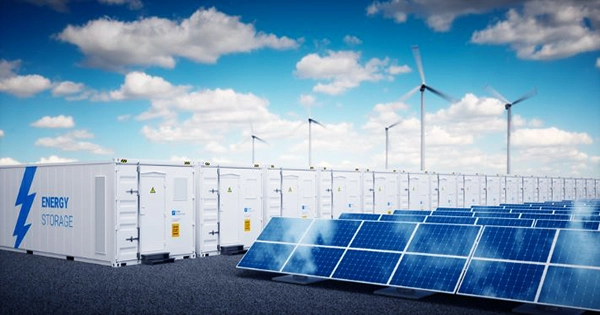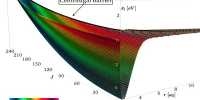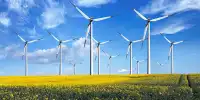For reliable energy production, utility-scale solar, wind, and batteries have never been combined at one location in the United States before Wheatridge Renewable Energy Facilities opened. It won’t be the final one. Instead of a triple threat equal partnership, the project is currently mostly a wind farm with batteries and solar attached, but future plants will contain more balanced combinations.
Only their inability to run continuously is keeping wind and solar power from becoming the cheapest sources of electricity production per unit of energy in most places.
Batteries may theoretically solve that problem, but at the moment, the majority of large-scale batteries are only able to run continuously for four hours or fewer, which is insufficient for even a single night, let alone multiple days with little wind. A potential answer is to combine several power sources with batteries to fill in the gaps, although this hasn’t really taken hold in America.
As a result, the Wheatridge site in Oregon represents a crucial turning point. Although its 300-megawatt wind farm isn’t the biggest in the country (that honor presently belongs to California’s 1,550 MW Alta Wind Energy Center), it can nevertheless provide enough electricity for around 60,000 Americans. Wheatridge has a 50 MW solar plant and 30 MW of battery capacity that can run for four hours at full power in addition to the wind (ie 120 MWH storage).
The 450 MW Boardman Coal Plant, the last of its sort in Oregon, was shut down in 2020 and was destroyed this year. Wheatridge, which is located in northern Oregon, will help replace it.
According to primary owner NextEra Energy Resources’ Rebecca Kujawa, “bringing wind, solar, and energy storage together at one site is definitely a momentous moment for sustainable technology.” Over the course of the project, these facilities will provide low-cost, locally-produced energy and deliver millions of dollars in new tax revenue for Morrow County.
Oregon’s objective of reducing energy emissions from retail power by 80% by 2030 will be helped by the project.
In many places, winds are most reliable at night or late afternoon, when dwindling sunshine finds it challenging to keep up with peak electricity demand. In both scenarios, combining solar and wind energy results in more consistent production throughout the day/night cycle.
As the duration of time without sun or wind tends to be brief, relatively tiny amounts of battery storage can be used to replace the gaps.
The United States has had less success with triple plants than other countries due in part to an oddity in government policy. Gregory Wetstone of the American Council of Renewable Energy said in a statement to Utility Dive that “Energy storage was only encouraged under the tax code when it was associated directly and entirely with a solar project.”
One of the Inflation Reduction Act’s less-noticed provisions, which would also allow wind farms to participate, could lead to the launch of numerous such projects like Wheatridge.
















